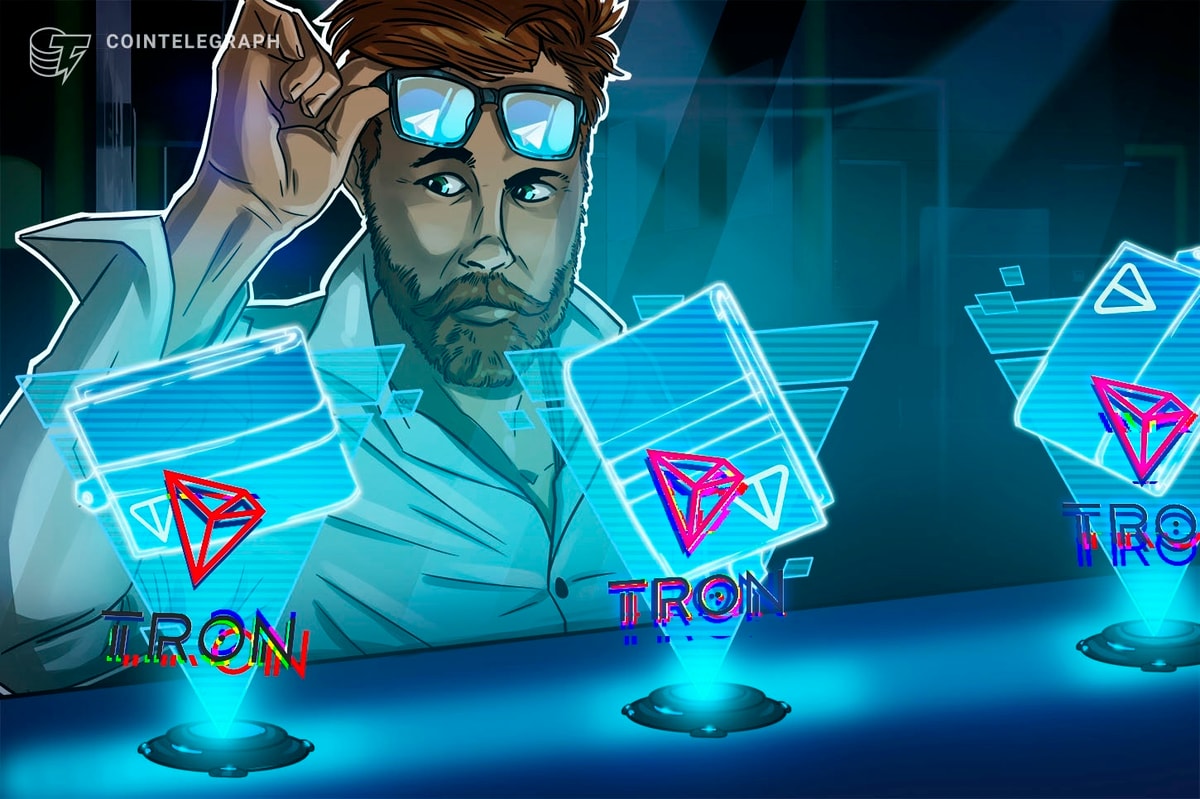“To achieve mass adoption in Web3, we need to provide users with an experience that rivals what they’re used to in Web2. Platforms like Spotify and YouTube excel at instantly matching users with relevant content. This level of personalization is essential for a seamless Web3 experience,” said Han Jin, CEO and co-founder of Bluwhale, during Cointelegraph’s recent X Spaces session.
Did you miss our recent X Spaces discussion? @bluwhaleai shared insights on building a decentralized AI personalization protocol, along with data ownership benefits and challenges.
— Cointelegraph (@Cointelegraph) September 3, 2024
Watch the recap to learn how to make the most of your data. https://t.co/GOrDhV6Eb6
This fundamental shift toward user-centric experiences is where Bluwhale’s unique value proposition comes into play. Bluwhale offers a decentralized artificial intelligence personalization protocol that matches users with businesses based on contextual understanding. “We’re essentially the Tinder of Web3,” Jin quipped, “because we help enterprises identify their ideal users and connect them with those individuals.”
Empowering users through data ownership
The platform gives users control over their data. Users can connect their wallets, claim their blockchain profile, attach social profiles and provide additional information. What sets this apart from traditional platforms is the ability for users to monetize their data.
Companies interested in a specific type of user can access profiles. As demand for a particular user’s data grows, Bluwhale introduces a mechanism that makes it more expensive for others to access.
“In Web2, companies like TikTok and Facebook start with niche data and gradually build their AI capabilities. On the blockchain, however, you have a wide range of applications generating data, from gaming to decentralized finance (DeFi). This means that the information you can collect about a user is much richer and more comprehensive,” Jin noted.
Additionally, Jin emphasized that user privacy and security are at the core of Bluwhale’s platform. “We don’t sell data; we create a data marketplace where companies can connect with relevant users. Bluwhale prioritizes user privacy by ensuring that data is only shared with companies that users have explicitly chosen to connect with. Matching users with the right opportunities is more valuable than simply bombarding them with ads.”
From social graphs to knowledge graphs
Moving beyond traditional AI models, Bluwhale leverages knowledge graphs to enhance AI’s understanding of users. Jin explained the difference between the social graphs used by companies like CyberConnect and Farcaster, which analyze interactions and build user profiles, and Bluwhale’s approach:
“Our approach is similar, but we use a more sophisticated structure called a knowledge graph. Think of a knowledge graph as a software representation of a human brain, with interconnected layers of relationships, hierarchies and information stored as memory and continuously optimized by neural networks.”
Jin further clarified that knowledge graphs, or knowledge spaces, are more contextualized by staking additional layers of behavior and profile data. This data is extracted from smart contracts and decentralized applications (DApps) to form holistic user embeddings, which provide a richer and more comprehensive understanding of users. “By organizing data in this way, we can create a more intelligent AI system.”
The AI system Bluwhale is developing goes beyond basic categorization to deliver nuanced, highly personalized recommendations. Jin detailed how this deep personalization works: “Instead of simply labeling a user as ‘a 40-year-old male who likes to trade crypto,’ Bluwhale AI can understand the user’s specific interests and behaviors, such as ‘a middle-aged male who plays video games extensively and has a keen interest in DeFi.’”
By understanding these finer details, Bluwhale’s AI creates more accurate profiles, forming a more personalized experience for users — a key to driving Web3 adoption, according to Jin.
The symbiotic relationship of AI and blockchain
“We believe that AI should serve humanity, not the other way around,” Jin said and highlighted the synergy between AI and blockchain. “Also, AI and blockchain are mutually beneficial. Blockchain can drastically reduce the cost of scaling AI through open data and decentralized compute, while also improving AI’s performance and reliability. It can also ensure the quality of training data by verifying its authenticity, while AI can drive adoption and personalization in the blockchain space.“
This interaction between AI and blockchain also opens up new possibilities for decentralized AI governance. “Our BLUAI tokenholders will have a say in the future of AI,“ Jin emphasized. The upcoming node sale, set for September to November 2024, will give early adopters access to tokens and governance rights, empowering users to contribute to data verification, governance over AI’s future direction and decentralizing an AI network through billions of mobile devices.
As the conversation shifted toward the future, Jin envisioned a world where digital interactions become valuable assets. “As we interact with different digital services, our data accumulates,” he explained. “In the future, every digital transaction and interaction will be stored in digital footprints turning individuals into quantifiable financial units, a complete new asset class, creating a financial system that doesn’t exist today.”
This shift toward data ownership and control could redefine how individuals interact with the digital world, placing users in control of their data and creating new economic models based on data as an asset.
Disclaimer. Cointelegraph does not endorse any content or product on this page. While we aim at providing you with all important information that we could obtain in this sponsored article, readers should do their own research before taking any actions related to the company and carry full responsibility for their decisions, nor can this article be considered as investment advice.












